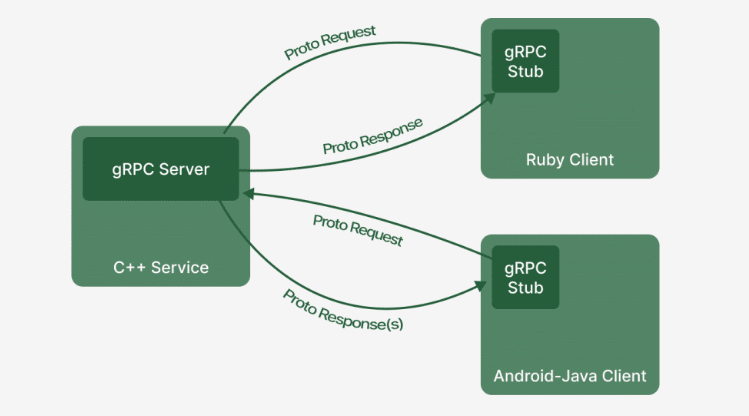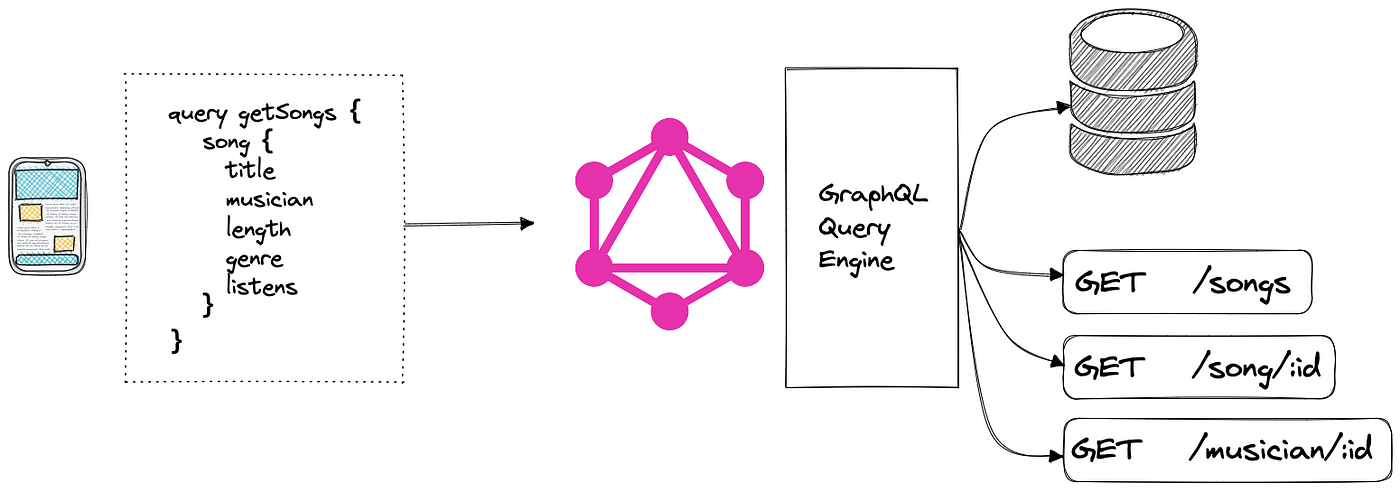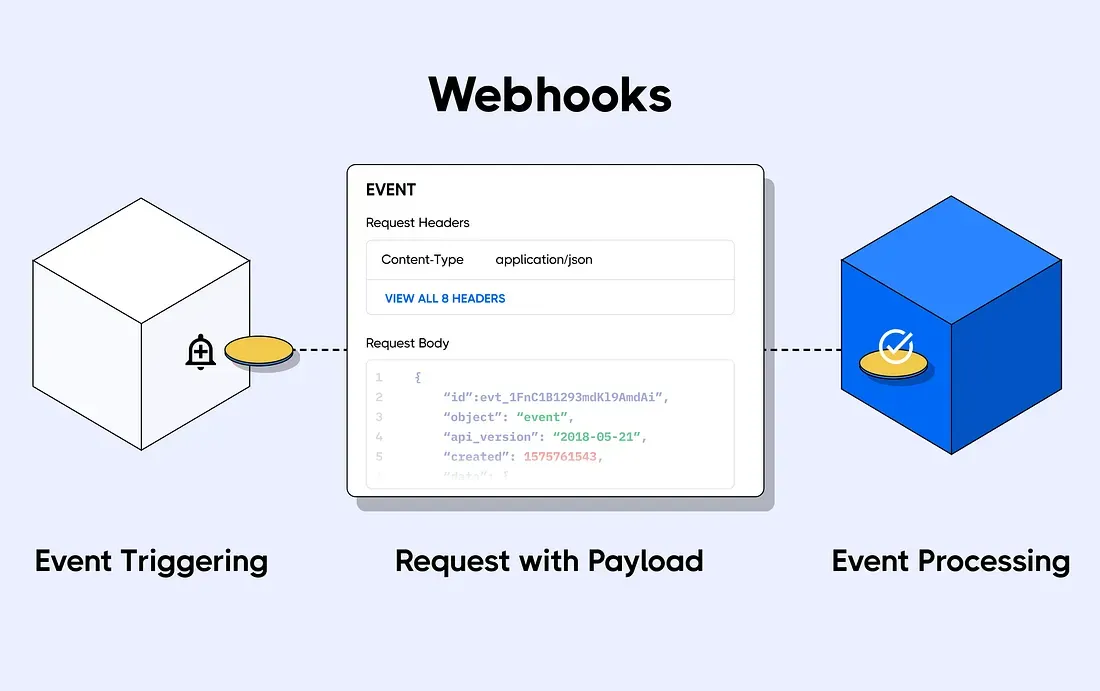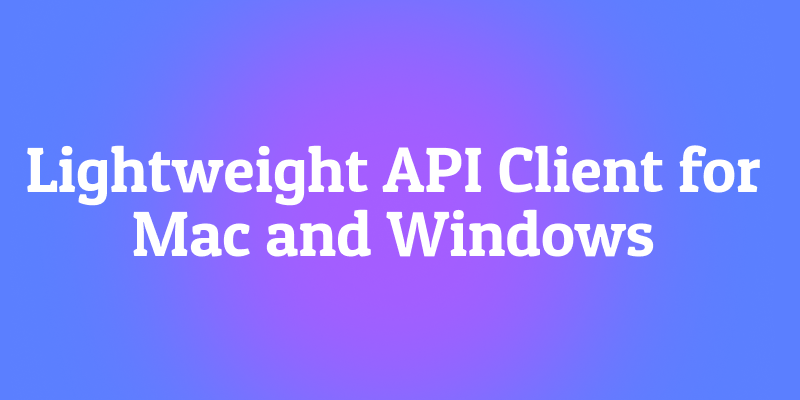In the modern digital ecosystem, APIs (Application Programming Interfaces) are the foundation that connects applications, services, and systems together. From mobile apps communicating with cloud servers to IoT devices sending sensor data, APIs power nearly every digital interaction we rely on.
However, not all APIs are built the same. Different API architecture styles—like REST API, SOAP, gRPC, GraphQL, WebSocket, and Webhook—have evolved to suit specific communication needs, scalability requirements, and performance goals.
This article explores these popular API architecture styles, compares their strengths and weaknesses, and explains where each one fits best. We’ll also see how tools like Apidog can help you test and manage APIs efficiently, regardless of their style or protocol.
Want an integrated, All-in-One platform for your Developer Team to work together with maximum productivity?
Apidog delivers all your demands, and replaces Postman at a much more affordable price!
1. REST API — The Backbone of Modern Web Communication
The REST API (Representational State Transfer) is arguably the most popular architecture style in the web development world. It’s built on HTTP and follows a simple, stateless client-server model. Each request from the client to the server must contain all necessary information, and the server doesn’t retain client context between calls.
Key Characteristics:
- Uses standard HTTP methods such as GET, POST, PUT, and DELETE.
- Data is typically exchanged in JSON format (though XML or others are possible).
- Highly scalable and cacheable, ideal for web and mobile applications.

Best For:
Public APIs, web apps, and microservices where simplicity and scalability are top priorities.
Example Use Case:
A social media platform’s public API that allows developers to fetch posts, user profiles, and comments using standard HTTP methods.
// Example: Fetching data from a REST API
fetch('https://api.techverse.com/v1/users')
.then(response => response.json())
.then(data => console.log('User List:', data))
.catch(error => console.error('Error fetching users:', error));
2. SOAP — The Veteran of Enterprise Integrations
SOAP (Simple Object Access Protocol) predates REST and remains a cornerstone in enterprise environments where reliability, security, and strict contracts matter most.
Unlike REST, SOAP uses XML as its messaging format and follows a rigid communication standard. It relies on WSDL (Web Services Description Language) files to define the service interface, making it self-descriptive and highly structured.
Key Characteristics:
- Operates over multiple protocols, including HTTP, SMTP, and TCP.
- Built-in support for security, transactions, and ACID compliance.
- Heavier and slower due to XML parsing and strict schema validation.

Best For:
Financial systems, healthcare integrations, and government services that require high security and data integrity.
Example Use Case:
A payment gateway API that must ensure every transaction is validated and logged with strict schema compliance.
// Example: Sending a SOAP request with Node.js
const axios = require('axios');
const xml = `
<soapenv:Envelope xmlns:soapenv="http://schemas.xmlsoap.org/soap/envelope/"
xmlns:usr="http://api.techverse.com/user">
<soapenv:Header/>
<soapenv:Body>
<usr:GetUserDetails>
<usr:UserID>1024</usr:UserID>
</usr:GetUserDetails>
</soapenv:Body>
</soapenv:Envelope>`;
axios.post('https://api.techverse.com/soap/userService', xml, {
headers: { 'Content-Type': 'text/xml' }
})
.then(res => console.log(res.data))
.catch(err => console.error('SOAP Error:', err));
3. gRPC — The Speed and Efficiency Champion
gRPC (Google Remote Procedure Call) is a modern, high-performance API framework developed by Google. It uses HTTP/2 and Protocol Buffers (protobuf) for data serialization, making it extremely fast and efficient compared to traditional REST APIs.
Key Characteristics:
- Supports bi-directional streaming and multiplexing via HTTP/2.
- Strongly typed contracts defined via
.protofiles. - Ideal for microservices and systems that need low latency.

Best For:
Internal service communication, real-time apps, and high-performance microservice networks.
Example Use Case:
A video streaming service or chat platform that requires quick, continuous data exchange between multiple services.
# Example: Calling a gRPC service in Python
import grpc
import user_pb2
import user_pb2_grpc
# Connect to gRPC server
channel = grpc.insecure_channel('localhost:5051')
stub = user_pb2_grpc.UserServiceStub(channel)
# Call GetUser RPC
response = stub.GetUser(user_pb2.UserRequest(id=42))
print("User name:", response.name)
4. GraphQL — The Flexible Query Language for APIs
Developed by Facebook, GraphQL solves one of REST’s main limitations—over-fetching and under-fetching of data. Instead of multiple endpoints for each resource, GraphQL exposes a single endpoint that allows clients to specify exactly what data they need.
Key Characteristics:
- One endpoint for all data requests.
- Returns precisely the data requested—no more, no less.
- Strongly typed schema with introspection capabilities.

Best For:
Applications with complex data relationships, such as dashboards or mobile apps that need optimized data fetching.
Example Use Case:
An e-commerce app fetching product details, user reviews, and seller information in a single API call instead of multiple REST endpoints.
// Example: Fetching data from a GraphQL API
const query = `
query {
product(id: "PX100") {
name
price
category
}
}`;
fetch('https://api.techverse.com/graphql', {
method: 'POST',
headers: { 'Content-Type': 'application/json' },
body: JSON.stringify({ query })
})
.then(res => res.json())
.then(data => console.log('Product Info:', data.data.product))
.catch(err => console.error('GraphQL Error:', err));
5. WebSocket — Real-Time, Full-Duplex Communication
While REST and GraphQL are request-response based, WebSocket enables persistent, full-duplex communication between client and server. This means both can send and receive data simultaneously without repeatedly opening new connections.
Key Characteristics:
- Maintains a continuous connection.
- Ideal for real-time applications.
- Uses less overhead compared to repetitive HTTP requests.

Best For:
Chat applications, multiplayer games, live dashboards, and stock trading systems.
Example Use Case:
A live chat application where messages are pushed instantly between connected users.
// Example: WebSocket connection
const socket = new WebSocket('wss://live.techverse.com/chat');
// Connection established
socket.addEventListener('open', () => {
console.log('Connected to chat server');
socket.send(JSON.stringify({ user: 'Ashley', message: 'Hello everyone!' }));
});
// Receiving messages
socket.addEventListener('message', event => {
const data = JSON.parse(event.data);
console.log('New message:', data);
});
6. Webhook — The Event-Driven Messenger
Webhook is an API style built around event-driven communication. Instead of constantly polling for updates, a Webhook lets the server notify a client automatically when specific events occur.
Key Characteristics:
- One-way, event-based notifications.
- Triggered by predefined actions.
- Lightweight and efficient for asynchronous updates.

Best For:
Integration systems, automated workflows, and third-party service notifications.
Example Use Case:
A payment service sending an automatic notification to an e-commerce site when a transaction is completed.
// Example: Webhook endpoint using Express.js
const express = require('express');
const app = express();
app.use(express.json());
app.post('/webhook/order', (req, res) => {
const { orderId, status } = req.body;
console.log(`Order Update: ID=${orderId}, Status=${status}`);
res.sendStatus(200);
});
app.listen(4000, () => console.log('Webhook listener running on port 4000'));
7. Testing APIs with Apidog
Regardless of which architecture you use—REST API, SOAP, gRPC, GraphQL, WebSocket, or Webhook—testing is an essential part of API development.
Apidog is a versatile API development and testing platform that helps you design, mock, and test APIs in a unified workspace. You can:
- Create and test endpoints visually without switching between tools.
- Simulate requests and validate responses across multiple API protocols.
- Generate SDKs and documentation automatically.
- Collaborate with team members and track API versions seamlessly.
With Apidog, developers can ensure their API endpoints perform consistently and meet expected standards before deployment—making it a perfect companion for both backend and frontend teams. Best Part, you can get started for FREE!

Frequently Asked Questions (FAQ)
1. What’s the main difference between REST API and GraphQL?
REST APIs expose multiple endpoints for different data, while GraphQL uses a single endpoint and allows clients to specify exactly what data they need.
2. Why is gRPC faster than REST?
gRPC uses Protocol Buffers instead of JSON and runs over HTTP/2, allowing multiplexing and compression for better speed and efficiency.
3. Are Webhooks APIs?
Yes, technically. Webhooks are reverse APIs that push data to clients when events occur, instead of clients pulling data via regular API requests.
4. Can WebSockets and REST APIs work together?
Absolutely. REST APIs can handle setup or configuration tasks, while WebSockets handle continuous real-time data exchange between client and server.
5. How can I test different API architectures easily?
You can use Apidog to create, test, and monitor APIs of various architectures like REST, GraphQL, gRPC, and WebSocket—all from a single interface.
Conclusion
Each API architecture style—from REST API and SOAP to gRPC, GraphQL, WebSocket, and Webhook—brings unique strengths tailored to specific communication needs.
Modern applications often combine multiple API styles to achieve flexibility, speed, and scalability. Tools like Apidog make testing and maintaining these diverse APIs simpler, ensuring smooth communication between systems in today’s interconnected world.
Whether you’re building enterprise integrations, real-time chat apps, or complex data-driven dashboards, understanding and choosing the right API architecture is key to long-term success.
Want an integrated, All-in-One platform for your Developer Team to work together with maximum productivity?
Apidog delivers all your demands, and replaces Postman at a much more affordable price!



